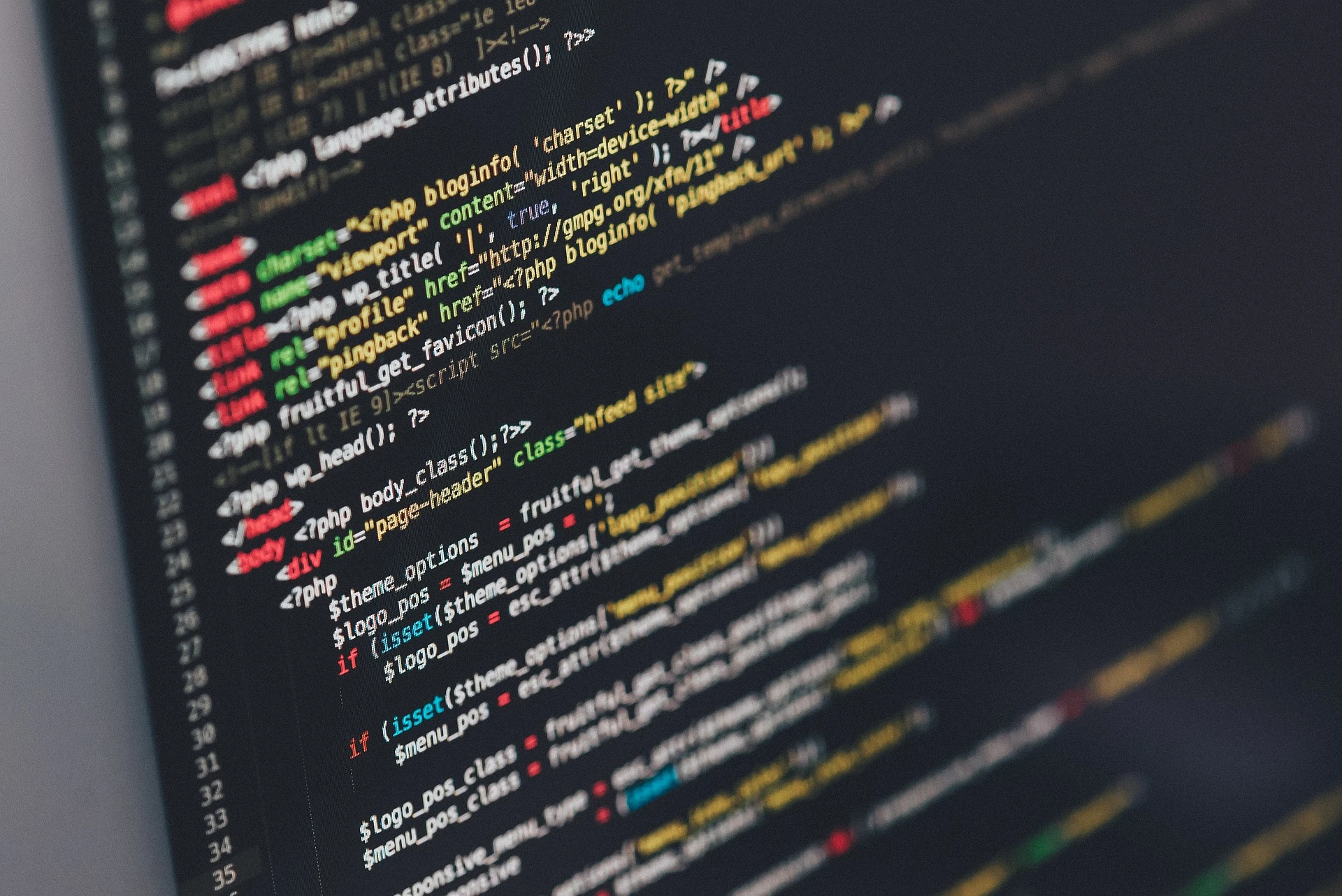Editors Note: This article comes fromBlue Fox NotesEditors Note: This article comes from
Blue Fox Notes
(ID: lanhubiji), Author: Primoz Kordez, Compiler: Sien, released with authorization.
Foreword: A few days ago, Maker increased the stability fee of DAI from 0.5% to 3.5%, hoping to stabilize DAI to a value of $1. 4%. It seems that the way of voting governance to determine the interest rate has the problem of slow response process. How should Maker operate more appropriately? Can it be observed through benchmarking analysis?
Does the stability fee, the policy rate for borrowing DAI with ETH collateral, properly reflect market dynamics within the MKR ecosystem? This point is currently controversial. The way MKR works is that its stability fee is not defined by the market, but is determined by voting, but the voting is done in a decentralized way.
In my opinion, the best way to assign an interest rate to any asset is to look at what the market is signaling. For MKR, this means that we should look at similar products where users also borrow assets by collateralizing ETH, ideally at an interest rate fully defined by the market.
When evaluating the stability fee of a MKR system, we monitor two important parameters:
1. Market risk of collateral2. Supply and demand for DAI: Supply comes from margin traders and market makers, while demand comes from DApps that use DAI or lock DAI and people who hold DAI for hedging (versus Tether).Remember, those who create CDPs to take out DAI and use it to buy goods (leave the system) have only net zero effect, because the supply created has a corresponding demand. As mentioned above, if the increase in the supply of DAI is not offset by passive holders or DAI usage within the ecosystem (Blue Fox Notes translation: oversupply), market makers will reduce the supply by closing CDPs to make a profit And prompt DAI to return to its anchor value. (Blue Fox Notes previous article
Dai: stable, but not easily scalable
》Think that professional arbitrage is unlikely to be established, and more demand comes from mortgage loans or leveraged transactions. )
The same is true for margin traders, they take out DAI to buy ETH, and they want to go long. Some people need to buy these DAI and hold it, otherwise there will be an oversupply, causing DAI to drop below $1 while causing market makers to build up inventory while defending the peg value.
The market risk of collateral can be qualitatively measured by valuing specific tokens, and by deriving risk premiums for collateral that are measured against liquidity and other parameters such as correlation risk or exposure Adjustment.
A risk premium for a particular asset is usually extracted from past price volatility, although I dont think this approach applies to cryptocurrencies, which have ever-changing volatility patterns. Implied volatility would be the go-to metric here, but we dont have a well-established derivatives market for ETH, let alone other ERC20 assets.
Another alternative to measure the risk premium is to look at other currency markets. From the data point of view, Compound DApp is more obvious. It also has a similar CDP and the same 150% overcollateralization limit, but its lending rate is defined by market participants, although not completely. Compound uses this algorithm to define an interest rate formula, which calculates interest rates by using supply and demand data from the market. You could say that the market determines Compounds interest rate, but only to a certain extent.
Please note that compound is not yet very liquid, so it is not yet an ideal benchmark for MKR. The total ETH locked in Compound reached about 30,000, which is only about 1.5% of the total ETH locked by MRK.

Assume that Compounds interest rates are fully defined by the market, and try to use them to indicate the market interest rate for borrowing and lending DAI. Please note that most of the DAI lent out in Compound is collateralized by REP, DAI or ETH. We expect the interest rate to borrow DAI to be slightly higher.
The following data was extracted from Compound by Vishesh Choudhry. You can see that the borrowing rate of DAI has been mainly between 8% and 10% in the past few months, which is almost 10 times that of issuing DAI directly through CDP. This means that market participants are willing to pay more to borrow DAI, and at the same time require a 150% over-collateralization. In other words, they are more bullish on the collateralized ETH, giving it a higher risk premium, and expecting to be rewarded.
When trying to benchmark the lending rate of ETH mortgage lending products, we can look at other large ETH currency markets to find out the risk premium associated with ETH. The only obvious candidates are those money markets provided by centralized exchanges (such as Bitfinex Poloniex, etc.), where people lend tokens to margin traders.

At present, there are about 300,000 ETHs borrowed on Bitfinex and Poloniex (accounting for about 15% of the ETH locked by MKR), and the interest rates are about 1.5% and 8% respectively. Over the past few months, ETH lending rates have ranged between 1%-10% on Bitfinex and 3%-50% on Poloniex.
The market tells us that the risk premium and expected return on ETH is much higher than MKR estimates. Additionally, if you want to create leveraged long ETH exposure (similar to what CDP owners do on MKR), borrowing USDT currently costs 10% per annum.
However, comparing MKR and centralized exchange money market rates is not the best way to benchmark. Exchanges like Bitfinex, have the benefit of margin collateralization (only 15% margin is required); people are usually willing to pay a higher interest rate for this benefit.
However, compared to creating a CDP and withdrawing DAI, they still have to contact a central counterparty (discount) and also need to hold tether (another discount) to get the same benefits. On the other hand, MKR has the advantage of decentralization and no counterparty risk, but there are also some risks of black swan events, such as risks related to Ethereum-related layers and smart contract defects.










